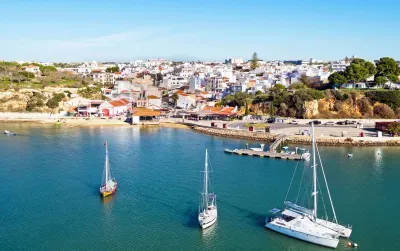Igreja do Divino Salvador de Alvor
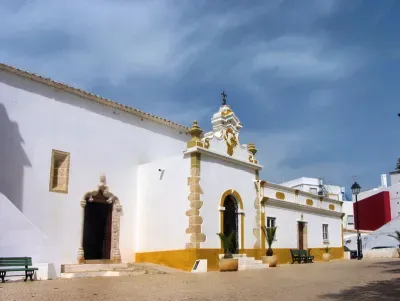
Igreja do Divino Salvador, Matriz de Alvor (Church of the Divine Saviour) dates back to the 16th century, as does its best feature, the Manueline style doorway.
This whitewashed Algarvian church was largely rebuilt in the 18th century in the Rococo style. The interior is fairly impressive consisting of three naves and fine vaulting, some of which dates back to the original church. A lavish high altar and holy water font also date back to the 16th century.
Nossa Senhora da Conceição - Portimão
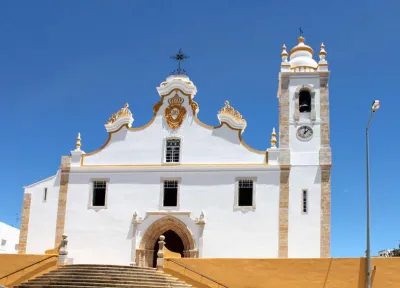
The Roman Catholic church of Nossa Senhora da Conceição (Our Lady of Conception) is Portimão's main parish church and still plays an active role in the heart of the local community.
Portimão Museum
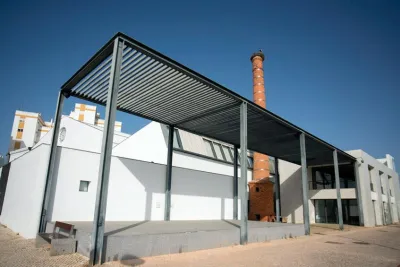
Portimao’s award-winning museum opened in 2008 and is a good place to come to learn more of what life would have been like for those who lived in the locality throughout the ages. The site was once a fish canning factory, and the main focus is on the industrial processes once carried out here. The 1000 square metre main exhibition is divided into three distinct areas:
Fort of Santa Catarina
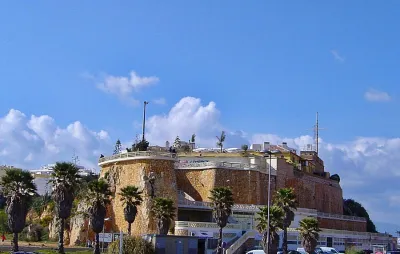
The fort of Santa Catarina was built in 17th century on the site of a 15th century defensive structure and chapel dedicated to Saint Catherine of Alexandria. It was one of the various forts built around this time to protect the area from raids by pirates and privateers.
Forte da Ponta da Bandeira
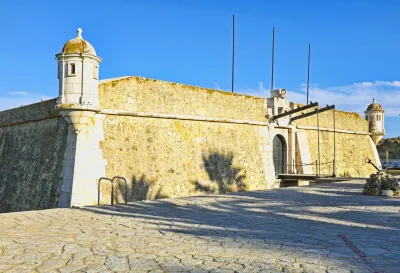
The small fort of Ponta da Bandeira, also known as the Fort of Our Lady of Penha de Franca (or just Lagos fortress) stands on Lagos's waterfront, where the Bensafrim River enters the sea and overlooking Praia da Batata beach. Lagos had been the administrative capital of The Algarve from 1577 and this fortress, built around 1690, would have been part of the important defensive structures guarding the strategically important harbour from raids by Corsairs, pirates and the Spanish.
Lagos Town Walls
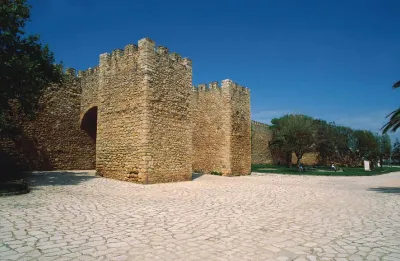
Today most visitors to Lagos come for the stunning beaches and vibrant nightlife. But this place has seen a small amount of bloodshed over the centuries. The Phoenicians, Romans, Visigoths and Moors all made their mark here. In 1577 Lagos became the administrative capital of The Algarve. It is not surprising that a city of such strategic importance would have been surrounded by some pretty heavy fortifications.
Lagos Marina
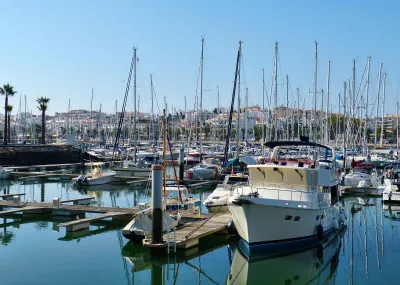
Lagos's award-winning marina, built in 1994, lies in the Bay of Lagos close to the historic heart of the town. It makes a pleasant destination for a stroll along the palm-fringed waterfront which has a promenade with street vendors selling souvenirs on one side and a good choice of bars, eateries and shops on the other.
There's lots going on here, even outside the peak holiday season. As well as browsing for souvenirs, it can be fun watching the boats coming in and out through the opening bridge and there are tour boats here offering trips along the spectacular coastline.
Igreja de Santa Maria - Lagos

The Igreja Matriz de Santa Maria (Saint Mary's Church) in Lagos has been a place of worship since 1498, and continues to be a vibrant local parish church. The original building is thought to have once had a hospital attached but almost all of what you see today was rebuilt in the 19th century.
Slave Market Site - Lagos
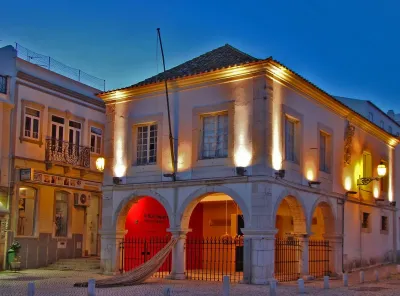
This unassuming building in Praca do Infante Dom Henrique has a tragic history. This building, (Mercado de Escravos) is widely believed to have been the first slave market in Europe.
Lagos Museum
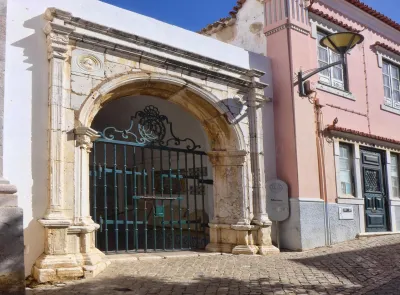
Founded in 1932 and named after its founder, the Museu Dr. Jose Formosinho, to give it its full name, is Lagos's main museum. This is without doubt the best museum in the Algarve and whatever it is you're interested in, you'll probably find it here.
